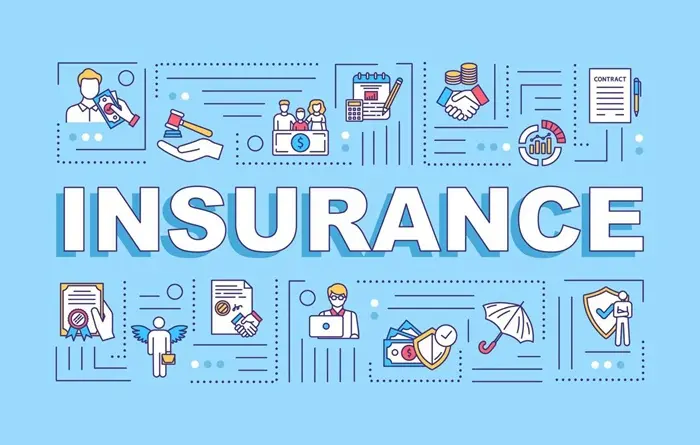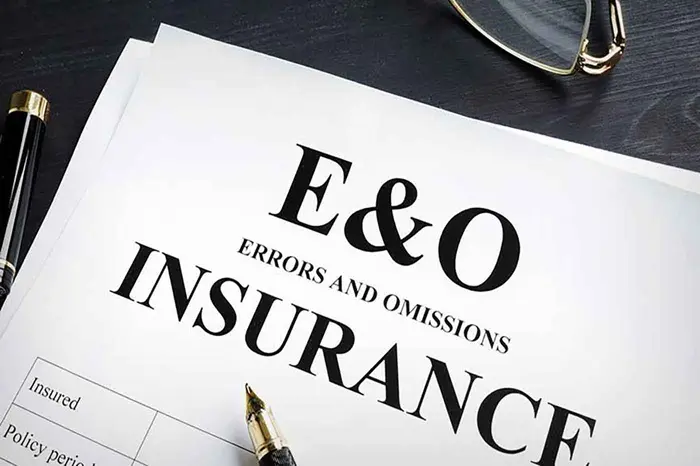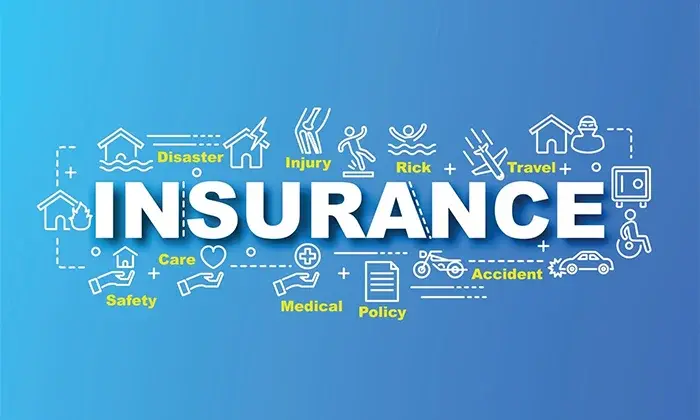Insurance companies rely on trusted vendors to provide services such as repairs, inspections, and replacements for policyholders. Being on an insurance preferred vendor list can increase business opportunities and provide a steady stream of clients. However, joining these exclusive lists requires meeting strict qualifications, demonstrating reliability, and building strong relationships with insurers.
This guide explains the steps to becoming a preferred vendor for insurance companies and the benefits of being on their list.
Understanding the Insurance Preferred Vendor List
An insurance preferred vendor list is a group of approved service providers that insurance companies recommend to their policyholders. These vendors handle claims-related services such as home repairs, auto body work, plumbing, roofing, and medical services.
Insurance companies maintain these lists to ensure that their customers receive high-quality services from trusted professionals. Vendors on the list benefit from a steady flow of insurance-related work, often without needing to market themselves extensively.
Benefits of Being a Preferred Vendor
Joining an insurance preferred vendor list offers several advantages:
Increased customer referrals from insurance companies
A steady stream of work from claim-related jobs
Improved credibility and reputation in the industry
Faster payment processing from insurers
Potential for long-term partnerships with major insurance providers
Although the process can be challenging, the benefits make it a valuable business opportunity.
Steps to Get on an Insurance Preferred Vendor List
1. Research Insurance Companies
Before applying, it is essential to research insurance companies that use preferred vendor programs. Different companies have different requirements based on their policies, services, and customer expectations.
Key factors to consider include:
The type of vendors they work with (contractors, medical providers, auto repair shops, etc.)
The application process and eligibility criteria
The geographic areas they serve
Their reputation and market presence
Understanding these details will help identify the best insurance companies to target.
2. Meet Licensing and Certification Requirements
Insurance companies require vendors to meet specific legal and industry standards. Depending on the type of service provided, common requirements include:
Business licenses and permits
Professional certifications relevant to the industry
Liability insurance and bonding
Compliance with state and federal regulations
For example, contractors may need to be licensed with a state board, and healthcare providers may need specialized certifications. Meeting these requirements demonstrates professionalism and builds trust with insurance companies.
3. Obtain Adequate Insurance Coverage
Insurance companies prefer vendors with comprehensive insurance coverage to protect against liabilities. Standard insurance policies required include:
General Liability Insurance – Covers third-party injuries and property damage
Workers’ Compensation Insurance – Protects employees in case of work-related injuries
Professional Liability Insurance – Covers errors and omissions in professional services
Commercial Auto Insurance – Required for businesses using vehicles for service calls
Having proper insurance coverage not only meets insurer requirements but also enhances credibility.
4. Build a Strong Reputation
Insurance companies seek vendors with a proven track record of quality service and customer satisfaction. To strengthen credibility:
Provide excellent service and maintain high customer ratings
Obtain positive reviews from previous clients
Build relationships with local businesses and industry professionals
Join professional associations related to your industry
A strong reputation increases the chances of being selected as a preferred vendor.
5. Apply to Vendor Programs
Once the necessary qualifications are met, the next step is to apply for an insurance company’s preferred vendor program. Each insurer has its own application process, but common steps include:
Submitting an application with business details and experience
Providing proof of licensing, certifications, and insurance
Undergoing a background check to verify credibility
Agreeing to service level agreements (SLAs) that outline performance expectations
Completing an interview or evaluation process
It is essential to follow application instructions carefully and provide all required documentation.
6. Demonstrate Reliability and Quality
After approval, insurance companies monitor vendor performance to ensure continued compliance. To maintain a good standing on the list:
Complete jobs on time and meet agreed-upon service standards
Maintain open communication with insurance adjusters and customers
Follow claims processing procedures accurately
Provide detailed documentation and reports as required by the insurer
Consistently delivering high-quality service will help secure long-term relationships with insurance companies.
7. Network with Insurance Adjusters and Agents
Insurance adjusters and agents play a significant role in selecting vendors for policyholders. Building relationships with these professionals can improve visibility and increase referral opportunities.
Strategies to connect with adjusters and agents include:
Attending industry conferences and networking events
Offering free consultations or demonstrations of services
Sending regular updates on new services and industry trends
Providing excellent customer service to gain word-of-mouth recommendations
Establishing strong professional connections can enhance business growth.
8. Maintain Compliance and Stay Updated
Insurance companies update their preferred vendor lists periodically based on performance and market changes. To remain on the list:
Renew licenses and certifications as required
Update insurance coverage and provide proof to insurers
Keep up with changes in insurance industry regulations
Participate in ongoing training programs and industry workshops
Staying compliant and improving service quality will help maintain a preferred vendor status.
Common Challenges and How to Overcome Them
Getting on an insurance preferred vendor list can be competitive and challenging. Common obstacles include:
Strict requirements – Meeting licensing, insurance, and quality standards can be complex.
Solution: Research requirements early and ensure compliance before applying.
High competition – Many vendors compete for limited spots on preferred lists.
Solution: Build a strong reputation, provide excellent service, and network with insurance professionals.
Slow approval process – Insurance companies may take time to review applications.
Solution: Follow up regularly and maintain patience while ensuring all documents are in order.
Maintaining service quality – Consistently meeting insurer expectations can be demanding.
Solution: Implement quality control measures and regularly review service performance.
By addressing these challenges proactively, vendors can improve their chances of acceptance and long-term success.
Conclusion
Becoming a preferred vendor for insurance companies requires meeting high standards, obtaining proper licenses and insurance, and building a strong industry reputation. While the process can be competitive, the benefits—such as increased business opportunities, steady referrals, and credibility—make it worthwhile.
By following the steps outlined in this guide, businesses can position themselves for success and secure long-term partnerships with insurance companies.
Related topics:



























